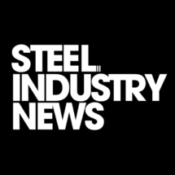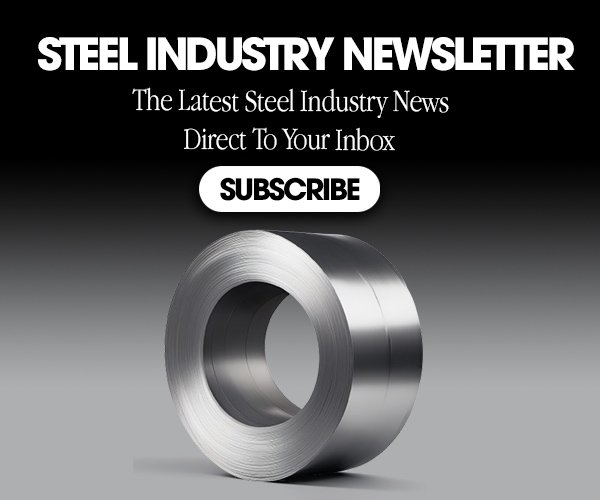The steel industry and its distribution networks are critical for the long term health of the United States manufacturing base and the infrastructure which supports and ships its products. Human resource challenges threaten the sustained growth and prosperity for both segments.
The Human Resource Challenge
Both steel manufacturing and steel distribution have undergone enormous transition and consolidation. The financial strength of the remaining players is healthier than at any time in its history. So why then should such an environment project a possible human resource challenge?
For starters, the raw levels of employees in all sectors of the supply chain have undergone continuous decades of decline in its numbers. The numbers of union and non union manufacturing jobs are well documented. The white collar jobs have also followed a similar path. The number of people necessary to run both steel mills and distribution companies has declined as these companies became more efficient. The future vision for both AI and robotics strongly suggests that these numbers are likely to decline even further.
Key Issues
Attracting and retaining skilled workers – Improving organizational culture convincing managers and reforming structures that can support better knowledge sharing.
Adapting to technological advancement – Embracing and investing in advancements in automation, data analytics and the latest industry technologies.
Ensuring employee commitment and retention – Provide opportunities for professional growth, good compensation and cultural climate to help attract and retain talent.
Traditionally, people have rarely trained or educated themselves for the majority of the jobs available in these companies. Finance and technology areas may be the exception. The steel industry and its related distribution networks have never been the top target industry for those specialties. The industry does not generally encourage its employees to recruit the next generation. Consequently, once employed, the companies no longer engage in benefits which used to be described as “golden handcuffs” to retain long term relationships which lessen turnover. Graduates today at any level of education are projected to have 3 careers and 8 jobs. As a result, current employees are working longer, retiring later leaving a potential gap for experienced key operations and sales managers. All of this data suggests that a human resource crisis Is developing at an alarming speed just like the technology which drives it.
Add to this equation that mills and distributors who locate near them have chosen locations driven by tax incentives and logistical advantages that are generally not attractive locations to attract younger workers and their families or seasoned managers who prefer more sophisticated urban settings where climate and amenities excel.
Conclusion
What can the industry do to avoid this catastrophe? The first step is to recognize the problem. The next is to proactively plan for the future.
- Hire people sooner than later to train and gain experience so there is a smooth transition from the veterans that currently hold these positions. Secondly, companies need to anticipate the technology changes that will change how they do business. Embrace it and hire those that can adapt to the environment.
- Create a set of conditions where people believe and want to stay with the same company. Profit sharing, stock bonuses, and rich(high company match and immediate vesting) 401K plans would help attract and retain employees. Reduce the disparity between executive pay and all other levels within the organization.
- Enhance your culture and the employee benefits which make them want to stay and appreciate that they are treated with dignity, respect, and long term concern. They should be reassured that they are not disposable parts subject to layoffs or consolidation.
The Steel industry was never envisioned as the key marketplace to develop creative solutions to these challenges. The surviving dominant players among steel makers and distributors are running very progressive, sophisticated, profitable business models. Companies have successfully shed their rust belt polluting images to seize a progressive environmentally conscious industry. Market leaders must now embrace a leadership role for their most valuable resource: their employees. They must be careful at this stage in their progress as an industry that the light at the end of this tunnel is not a train coming in the opposite direction. Companies must adapt now and plan or suffer the consequences of the potential human resource train headed to derail their futures.
Be sure to check out our other articles related human resource challenges in the steel industry
United Steelworkers File Grievances Against U.S. Steel Over Sale
Nippon Steel Determined to Acquire U.S. Steel Despite Scrutiny









